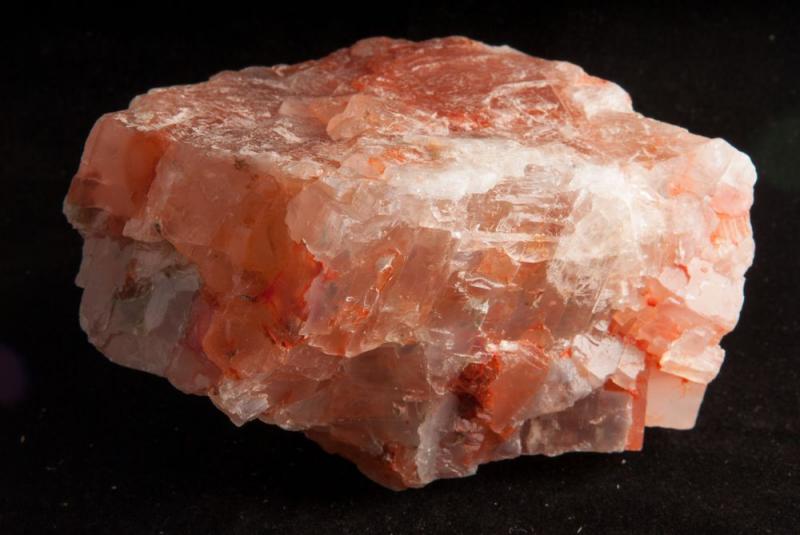Introduction
In the realm of modern agriculture, the significance of potash cannot be overstated. As a vital nutrient for plants, it plays a crucial role in bolstering crop yields and ensuring global food security. Derived from the term "potassium carbonate," potash is an essential component of fertilizers, promoting healthy plant growth, improved fruit quality, and enhanced resistance to diseases and environmental stresses. This blog delves into the importance of potash in agriculture, its sources, and the sustainable management of this valuable resource.
Understanding Potash
Potash is a broad term encompassing various potassium-containing salts, primarily potassium chloride (KCl), potassium sulfate (K2SO4), and potassium nitrate (KNO3). The potassium derived from these salts is a macronutrient necessary for plant development and overall health. Potash helps in enzymatic reactions, osmoregulation, and the formation of starches and sugars, making it indispensable for the growth and reproduction of plants.
Importance in Agriculture
-
Enhanced Crop Yields: Adequate potassium levels in the soil are directly linked to higher crop yields. Potash-enriched fertilizers ensure that potassium deficiency doesn't hamper plant growth, leading to healthier and more productive crops.
-
Drought Tolerance: Potash aids in maintaining the water balance within plant cells, which boosts the plant's ability to withstand drought conditions. It improves the plant's water use efficiency, ensuring survival during periods of water scarcity.
-
Disease Resistance: Potassium strengthens the cell walls of plants, making them more resistant to pests and diseases. It plays a pivotal role in activating the plant's defense mechanisms, thereby reducing susceptibility to infections.
-
Quality Improvement: Potash positively influences the size, color, taste, and nutritional content of fruits and vegetables. For example, it enhances sugar accumulation in fruits, improving their sweetness and overall quality.
Sources of Potash
-
Potash Mines: The most common source of potash is mined from underground deposits. Canada, Russia, and Belarus are significant producers of potash, collectively meeting a substantial portion of the global demand.
-
Potassium Recycling: Recycling of potassium-rich materials, such as agricultural residues and food waste, can help recover potash for use in fertilizers, reducing the dependence on traditional mining.
Sustainable Potash Management
As the world population continues to grow, sustainable potash management becomes imperative to ensure its availability for future generations. Here are some essential considerations:
-
Balanced Fertilization: Implementing precision agriculture techniques allows farmers to apply potash and other nutrients in a targeted and efficient manner, avoiding overuse and wastage.
-
Potassium Recycling: Encouraging the recycling of potassium-rich organic waste can minimize the need for excessive mining, reducing the environmental impact of potash extraction.
-
Research and Innovation: Continued research into potash-efficient crops, breeding techniques, and soil management practices can help optimize potassium utilization and minimize losses.
Conclusion
Potash is undeniably a cornerstone of modern agriculture, sustaining the global food supply and supporting the livelihoods of millions of farmers. Its importance in enhancing crop yields, promoting drought resistance, and improving produce quality cannot be ignored. As we move forward, it is essential to embrace sustainable practices to ensure the responsible management of this invaluable resource. By valuing potash and integrating its use with ecological mindfulness, we can build a healthier, more abundant, and sustainable agricultural future for generations to come.
